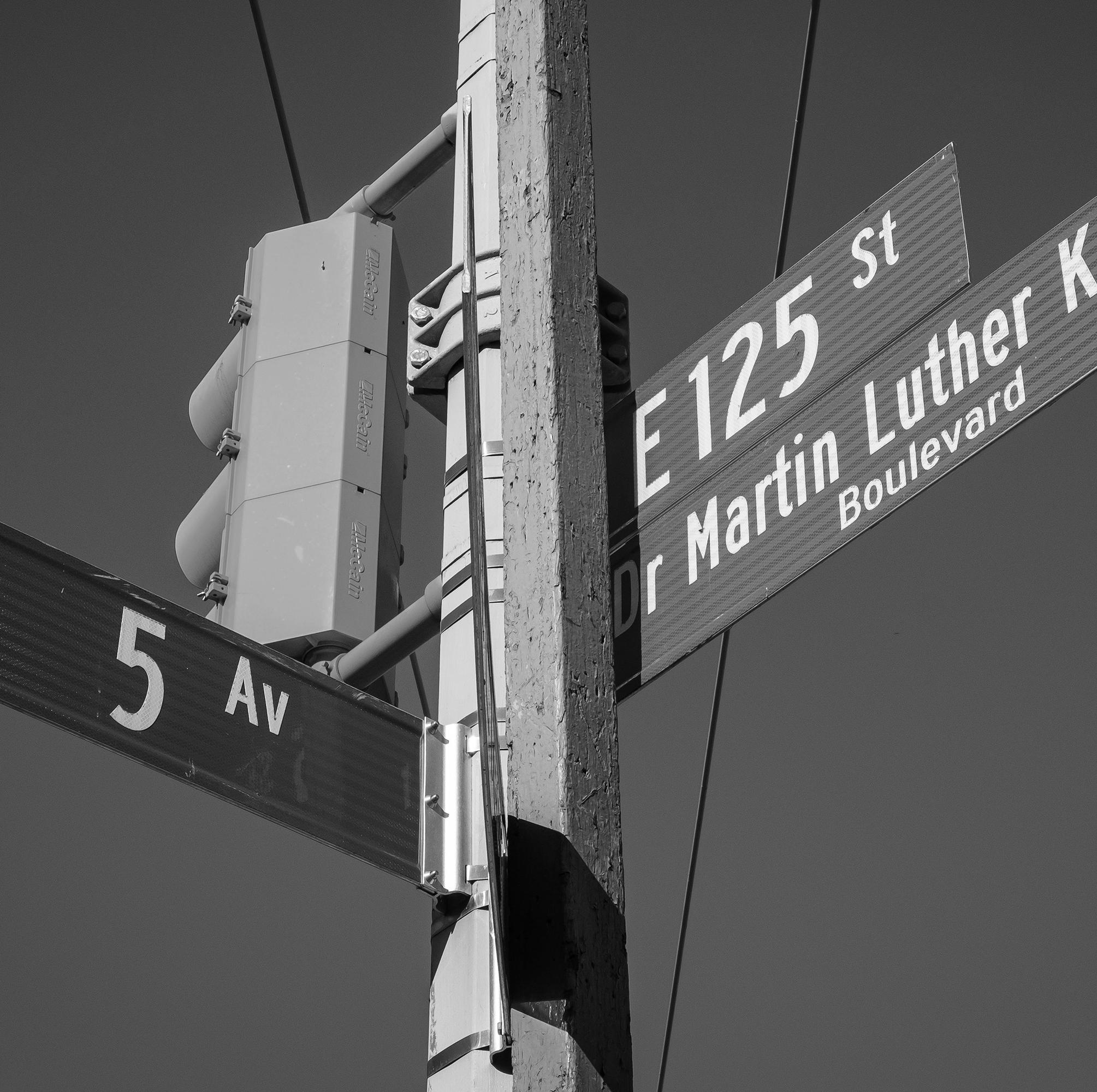
1 minute read
LIMITATIONS
The Neighborhood Financial Health (NFH) index relies on several aspects, with the relative distribution of M/ WBEs being just one aspect. The influence / weight of this factor in the overall index calculation may not be strong enough that it influences the Financial Health of an entire neighborhood in isolation (ie: one may not be able to improve the financial health of a neighborhood solely by increasing the number of M/WBEs).
The M/WBE dataset only includes those businesses certified by the City’s M/WBE Program, missing several enterprises which may not be certified by the City. A big reason why many M/WBE owners choose not to pursue certificaton is that the certification process requires a US citizen/permanent resident to be one of the owners of the business, keeping certification out of reach for undocumented business owners. Also, we have only included the M/WBEs with location information in our analysis, which further reduces the number of MWBEs considered in our analysis.
Advertisement
The different geographical boundaries at play - the Getis-Ord clusters by census tract, the NFHI scores by PUMA, ethnic compositions by census tract, and the City Contract Dollars by zipcode - prevents an analysis of all three datasets at once for any correlations. Only two datasets were compared at a time.
The City Contract Dollars dataset does not include the 52% of funds awarded to M/WBE firms with headquarters outside NYC, and is limited in temporal scope to 2020.



